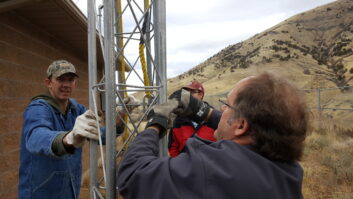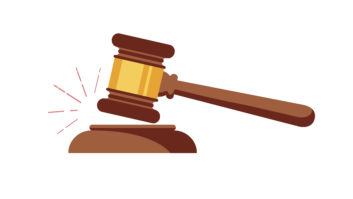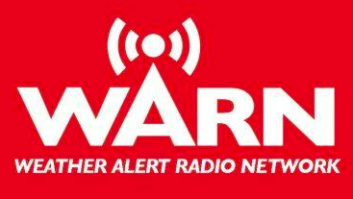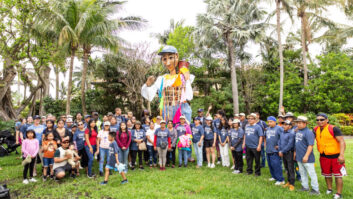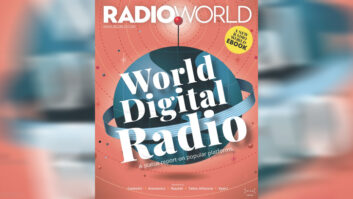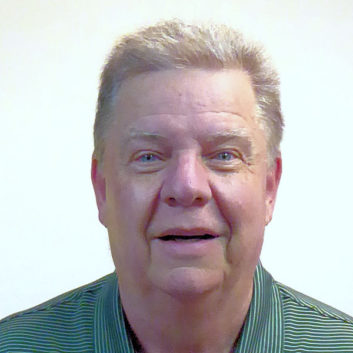
Radio stations and engineers are hearing a lot of questions from U.S. churches and hospitals inquiring whether they can legally set up low-power radio broadcasts to their parking lots. What’s the right answer?
We talked to Bill Baker, whose company Information Station Specialists provides radio solutions for emergencies and events, Traveler’s Information and Highway Advisory Radio and specialized legal unlicensed operations.
Radio World: This seems like a good time to pause and ask generally what the FCC rules allow.
Bill Baker: FCC “Part 15” rules set the parameters for short-range broadcasts, which can contain almost any kind of content and can operate on any standard frequency as long as interference to broadcasters does not result. A license is not required as long as the equipment bears a FCC certification number.
With the advent of services such as Amazon, it is relatively easy inadvertently to purchase a foreign-made unit, but most of these are not certified for use in the United States and are thus not legal.
So the first question a buyer should ask is whether it has an FCC certification sticker on the product. In this regard, purchasing from a U.S.-based manufacturer is usually the safest move.
This kind of communication service can be very effective at a point in which people are 1) in their vehicles, 2) in a slow-moving line of cars or parked and 3) in need of critical information that is pertinent. Virus treatment information can be critical to our physical health just as spiritual encouragement can be critical on a totally different level. Either way, the point of short-range broadcasting is to deliver critical information just when it’s needed most.
RW: Are both FM and AM broadcasts possible?
Baker: Yes. But the reason that AM band FCC Part 15 devices are most often preferred is because per the FCC’s FM Part 15 rules, the broadcast distance is so restricted as to make it unusable for more than a few feet. The rules essentially say that at 100 feet, the signal needs to be gone. A drive-through restaurant that has the listener’s car hugging the building perhaps could utilize a FM system of this kind. But most people we talk to require more range to make such a communication system useful.
[Related: “Look for FCC Certification When Choosing a Part 15 Transmitter”]
RW: Your own transmitter product operates under FCC rules Part 15.219, using a 3 meter antenna and 100 mw of power. What other equipment would a user require?
Baker: Short of an audio and a power source, the InfOspot product line provides basically everything else most operators need. You can send line level audio from a sound board or wireless pickup right to the transmitters live input. There is also a voice recorder/player onboard that some COVID test locations use to record messages for a repeating broadcast, on the fly. It can operate on AC or DC.
RW: What kind of power or range limitations do the operators need to respect, in order to remain within legal limits? You said that there’s a common misconception about Part 15. Can you explain?
Baker: You have put your finger right on it. Part 15.219, while limiting the AM transmitter power and antenna/ground length, does not specify a signal intensity limit the way the Part 15 FM rules do. Therefore, it’s not possible to get out of bounds with the signal distance with a system like InfOspot.
RW: What else should we know?
Baker: Most FM Part 15 systems that you see advertised are not legal for use in the U.S. Buyer beware!
